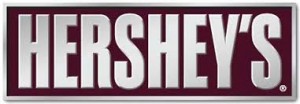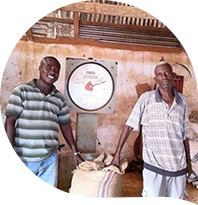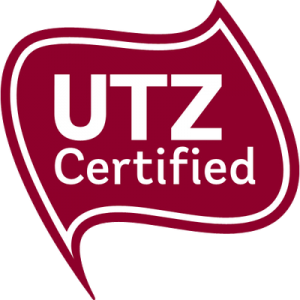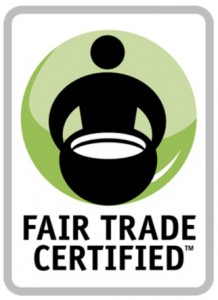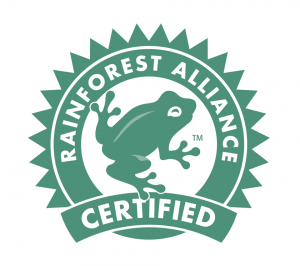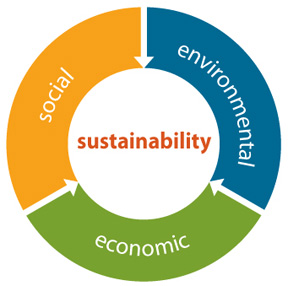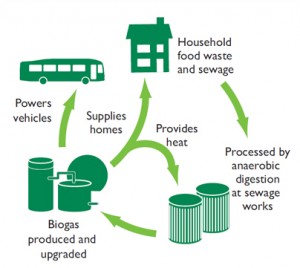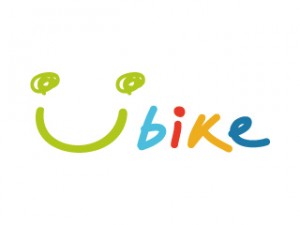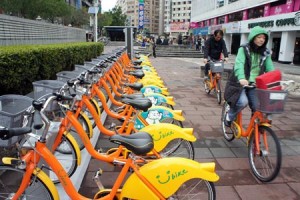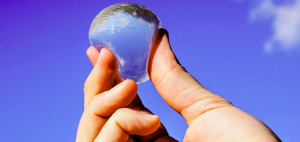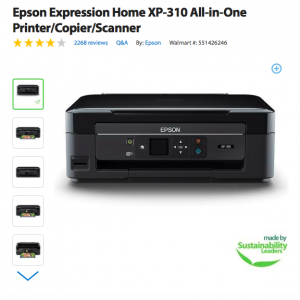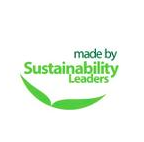Thanks for Brinkman Climate as a client for our last client challenge in class, it was truly tough and challenging task. Indeed, this client challenge is the hardest one for me since i knew nothing about carbon offset before. Yet, through researching the information and some initiatives about carbon offset, i understand more about how carbon offset project company like Brinkman implements their program and who will purchase the carbon offset credits. So now, it is time to apply what we learned from the class to the real world.

JetBlue, one of the American low-cost airlines, once again partner with Carbonfund.org Foundation to offset their carbon dioxide generated by all the flights from April 1 to 30 in honour of Earth Month. Due to this partnership, travellers are also able to offset part of carbon footprint emitted from the flights by donating to support carbon offset initiatives. JetBlue stated it has purchased carbon offsets credits more than 350 million pounds of CO2 and CO2e emissions in total since 2008. Moreover, JetBlue is working to change their customers’ behaviour through encouraging and communicating with their customers to engage in and support their offset program to lessen carbon footprint.
However, i am wondering if JetBlue would like to capitalise its carbon offset program to attract more attention from customers, probably it won’t be the best way to do that. Since other American airlines already have similar carbon offset programs such as Delta Airlines and United Airlines have Delta’s Carbon Offset Program and Unites’ Eco-Skies Program, respectively. It probably will lead to the result that Vincent mentioned in the class, which is if every company has same labelling or similar program, company can’t differentiate from others.
As a result, i am thinking about a carbon offset membership program, this is how it works: If travellers can purchase certain amount or percentage of their total travelling distance of carbon offset credits, JetBlue will reward them with free flight tickets or flight upgrade in future traveling. It not only enables JetBlue know their customers more but also provides incentives for customers. Or how do you think by which ways JetBlue can differentiate from other airline companies in terms of sustainability initiatives?
References:
http://www.jetblue.com/green/offsetting/
http://blog.jetblue.com/index.php/2014/04/10/one-thing-thats-green-2/
http://www.delta.com/content/www/en_US/about-delta/corporate-responsibility/environmental-sustainability.html
https://www.united.com/web/en-US/content/company/globalcitizenship/environment.aspx

